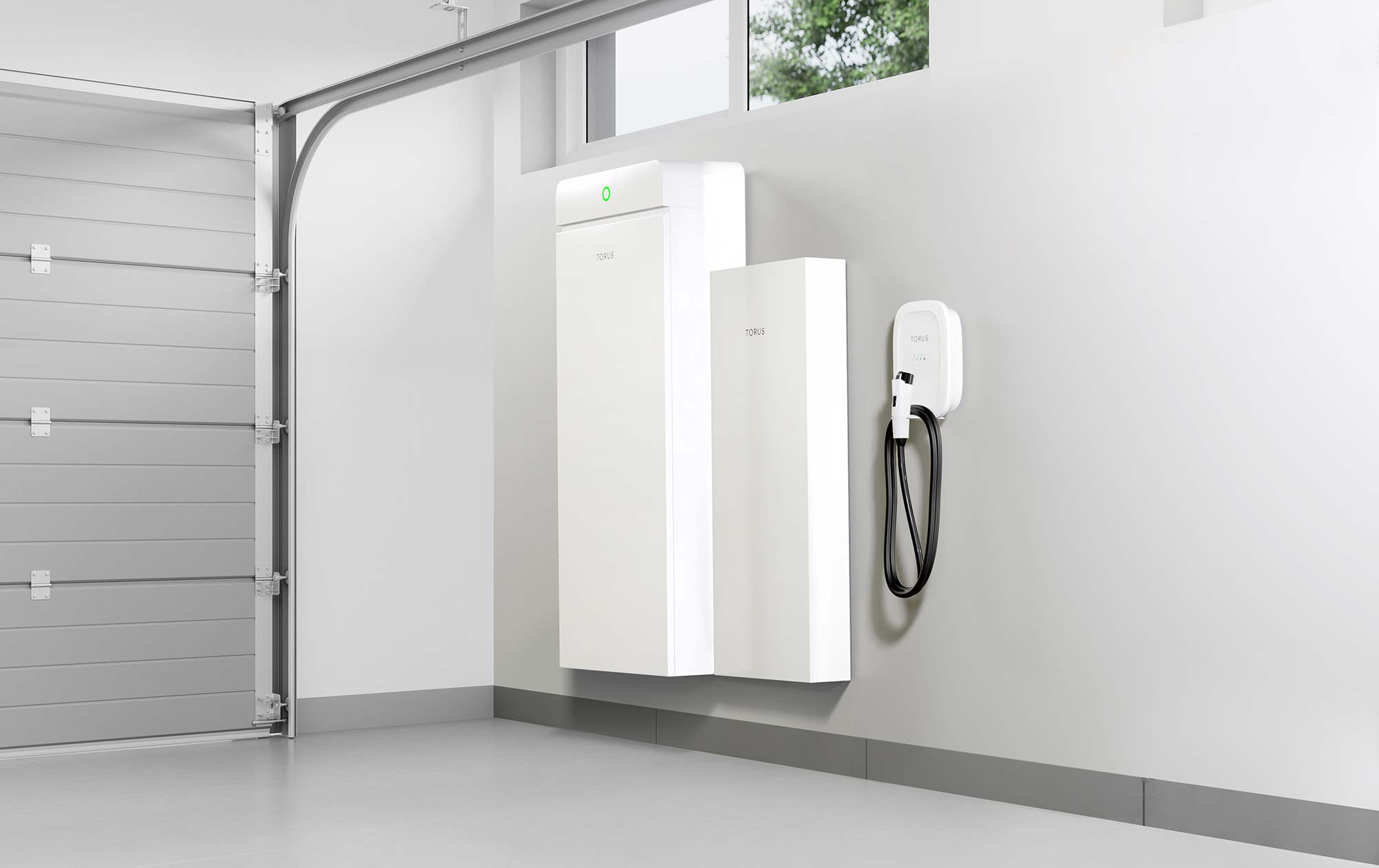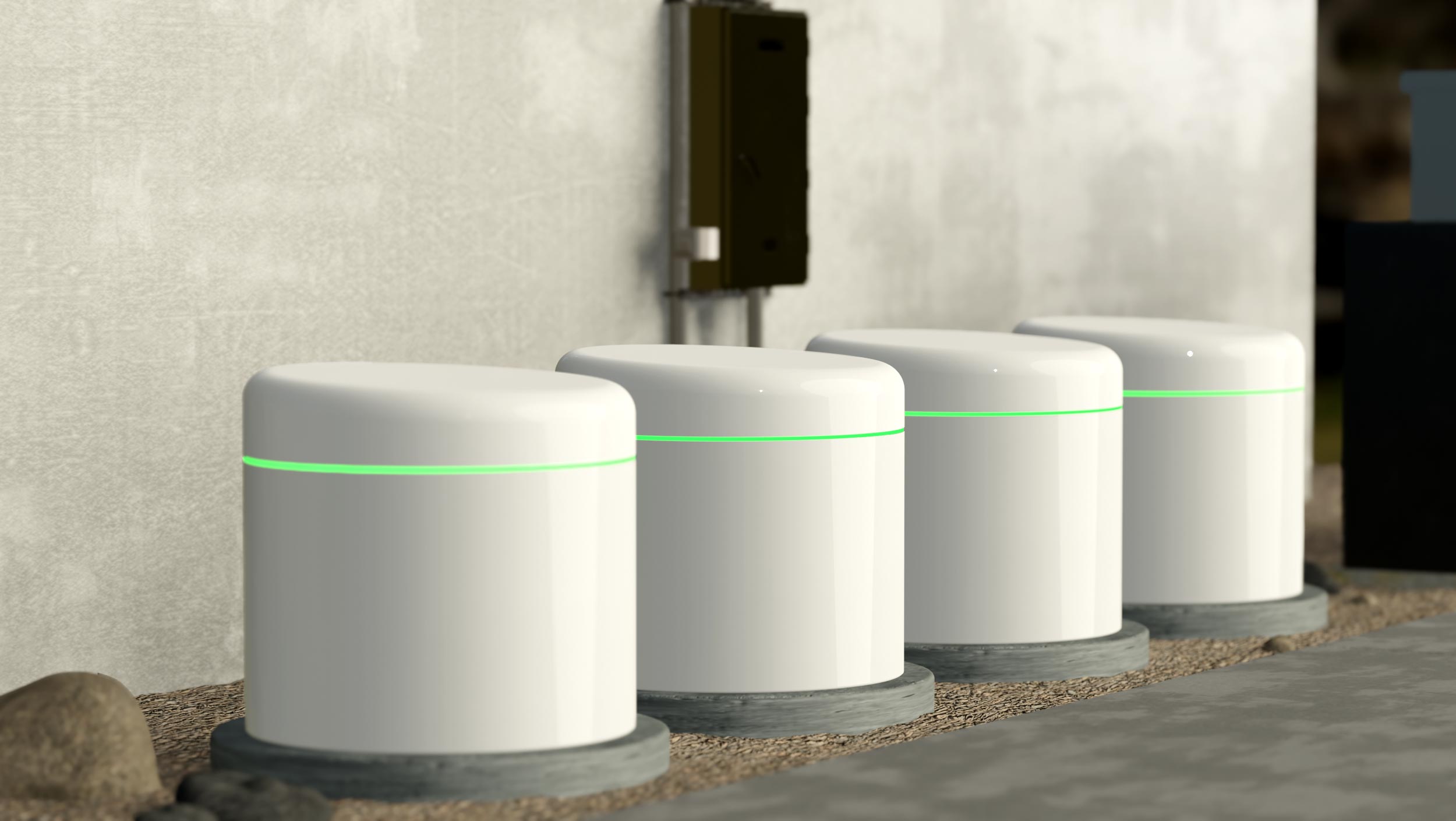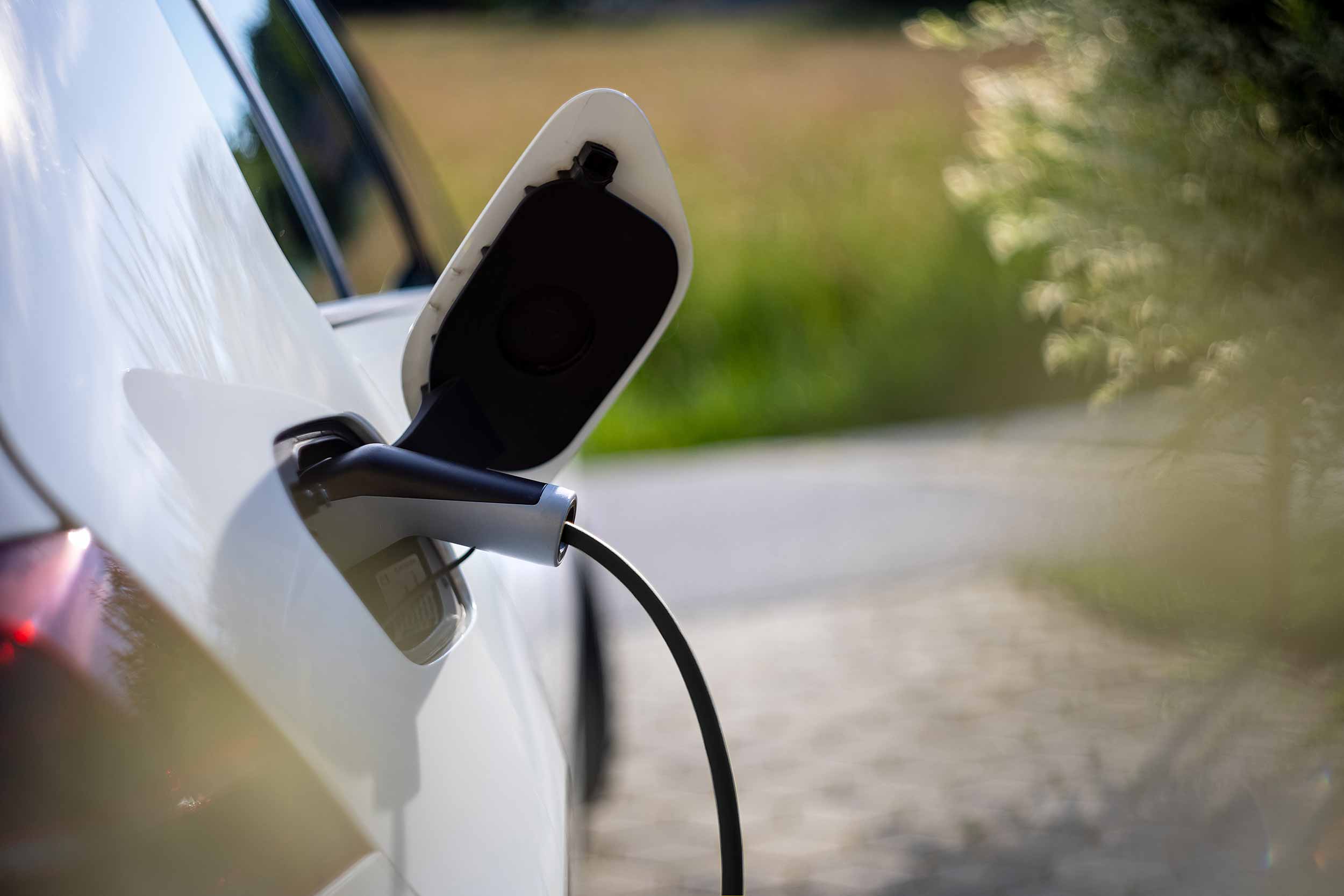How many solar panels do I need?
The best way to size a system perfect for your lifestyle
Ultimately, the size of your system will largely depend on your household’s energy needs. Below are a few necessary considerations and helpful tips to take into account when calculating the number of panels that’s right for you and your home.
Step 1: Assess Your Energy Use:
Start by understanding your household's energy consumption. Review your electricity bills from the past year to determine your average monthly and annual kilowatt-hour (kWh) usage. The data collected from this helpful exercise will provide a baseline when estimating the size of your solar panel system.
Step 2: Consider Available Roof Space:
Evaluate your available roof space, taking into consideration factors like orientation, tilt, shading, and obstructions like chimneys or vents. Ideally, panels should be installed on a south-facing roof with minimal shading throughout the day. Calculate the total square footage of unobstructed roof area that can be dedicated to solar panels.
Step 3: Determine Solar Panel Efficiency:
Solar panel efficiency is measured by the amount of sunlight a panel can convert into electricity, with higher-efficiency panels producing more power per square foot. Research different options and select the most efficient panels for your specific needs and budget. Specific factors to consider include whether to go with monocrystalline or polycrystalline technology, as well as the wattage rating of the panels.
Step 4: Calculate Solar Panel Capacity:
To calculate the number of solar panels needed, divide your average annual kWh consumption by the estimated annual output of a single panel. This estimation can be determined by multiplying the panel's wattage rating by the number of peak sun hours in your area.
Number of Panels = Average Annual kWh Consumption / (Panel Wattage × Peak Sun Hours)
Step 5: Adjust for Efficiency and System Losses
It’s important to leave room for system inefficiencies and losses in your calculation. A buffer of around 10-20% is common to compensate for factors like panel degradation over time, shading, dirt buildup, and inverter inefficiencies. This adjustment ensures that your solar panel system can reliably meet your energy needs.
The Torus Station is the most effective way to create, store, and manage clean, renewable energy at home. Curious? Learn more! Interested in a free consultation? Get in touch! Ready to commit? Customize your system.




